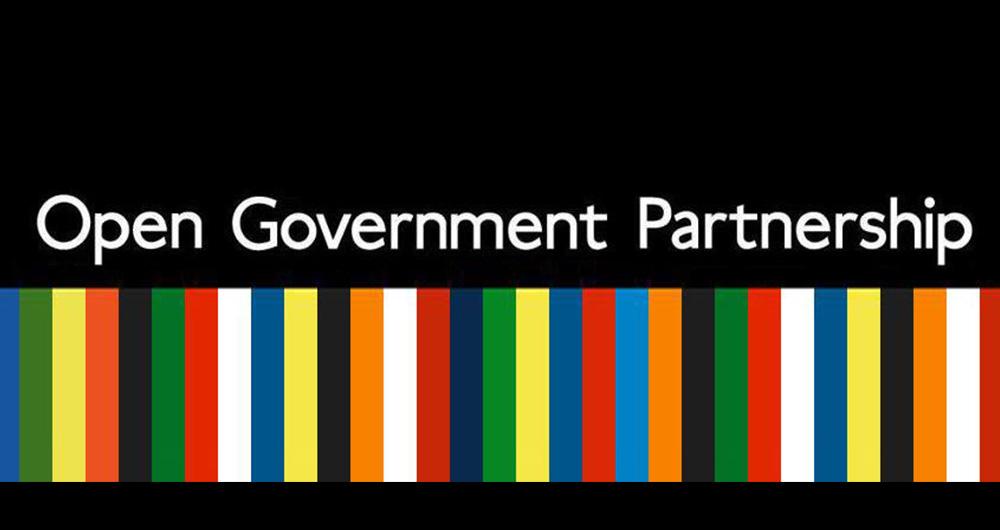
The Open Government Partnership (OGP) is an initiative created in 2011 whose main objective is to promote open government. To do this, it focuses on ensuring that different governments reach concrete commitments in order to promote transparency and the power of citizens, fight against corruption and take advantage of new technologies to strengthen governance.
It was originally created by eight countries (Brazil, Mexico, Indonesia, the Philippines, Norway, the USA, South Africa and the United Kingdom), although it currently has 70 member states and numerous non-governmental organizations. All of them join forces to face five major challenges, around which the commitments they make must be structured:
- Improvement of public services
- Increased public integrity
- Effective management of public resources
- Creating safer communities
- Increased corporate responsibility
What is the role of open data in OGP?
The Open data is a fundamental aspect to achieve an open government. It should be remembered that open government is based on 3 pillars: transparency, participation and collaboration. The opening of public information promotes both the pillar of transparency, by facilitating access to information and the monitoring of public policies, as well as participation and collaboration. The opening of data and its reuse allow civil society, companies and organizations to work more easily together, as well as create new products and services of value.
In this context, it is not surprising that the Open Government Alliance promotes open data in two ways:
- On the one hand, it is promoted that the member countries of the alliance reach commitments related to open data in their national action plans, in general, but also in specific areas. For example in2021 promotes the expansion of open data to expose the salary differences between men and women, as well as to promote the opening of health data, something in high demand during the COVID-19 pandemic.
- On the other hand, the OGP itself facilitates access to the enormous amount of data it collects, through different databases available in various formats with Creative Commons License (CC BY 4.0). Its objective is that governments, civil society, academics and journalists can use this information when conducting research, analysis or reports.
The Open Government Partnership databases
Next, we detail the types of databases that this initiative makes available to your community:
OGP commitments
It includes information on the content and development of all the commitments made by the OGP since 2011. This data, which is updated daily, comes from the OGP action plans and the Independent Reporting Mechanism (IRM), which provides independent and based reports. In evidence in order to monitor the efforts carried out by the participating organizations.
- Formats: Google sheet, xls (Excel) and csv.
OGP processes
It contains information about how the members of the Open Government Alliance adhere to the processes and rules of the OGP, information that is also derived from the IRM reports. It includes data on the levels of public influence in the development of action plans or the existence of online repositories, among others.
- Formats: Google sheet, xls (Excel) and csv.
Open government
This database offers data on the performance of OGP members in 14 areas of open government, such as anti-corruption, civic space, and fiscal openness. The data addresses more than 50 indicators from 10 data-producing organizations, as well as including action implications for each member of the Alliance.
- Formats: Google sheet, xls (Excel) and csv.
Data guide
These are definitions for the indicators included in the Commitments, Processes and Open Government databases. The definitions are reviewed and updated annually to include any variables that may arise.
- Formats: Google sheet, xls (Excel).
Eligibility Scores
It collects the level of compliance of governments to various key dimensions, such as the fiscal transparency, the access to information or the citizen commitments. Eligibility scores are updated by the Support Unit during the first half of each year. You can access the different indicators here.
Data visualizations and tools
In addition, the OGP also has various tools to bring data closer to organizations and citizens. One of them are OGP Member Pages, which contain country-specific information on open government beyond the Alliance.
A panel will also be available soon where users can work with the data, sorting it by policy area, region, and year, in addition to downloading subsets of data.
If after reading this article you still have questions about the data offered or how it can be used, the Open Government Alliance makes the email address available to all users research@opengovernmentpartnership.org to which you can refer any query in this regard.